The Urban Mobility Crisis
Cities are choking. Traffic jams cost the U.S. economy $88 billion annually (INRIX, 2023), while delivery trucks account for 30% of urban CO₂ emissions (UNEP). Enter the electric cargo bike (e-cargo bike) – a nimble, emission-free solution quietly disrupting how we move goods and families.
This isn’t just about bikes; it’s about reimagining urban spaces. Let’s explore why startups, Fortune 500 companies, and eco-conscious families are switching to e-cargo bikes.
1. The Business Case: Delivery Fleets Go Electric
Key Stat: UPS reported 28% faster deliveries in dense cities using e-cargo bikes vs. trucks.
Why Companies Love Them:
- Cost Savings:
- Fuel & Maintenance: 0.03/milevs.0.03/milevs.0.75/mile for diesel vans (FedEx pilot data).
- No congestion charges (e.g., London’s £15/day fee).
- Last-Mile Dominance:
- Navigate bike lanes and pedestrian zones.
- 98% on-time delivery rate for DHL’s Copenhagen e-bike fleet.
- Brand Power:
- IKEA’s e-cargo bike deliveries boosted local customer satisfaction by 40%.
Case Study:
Amazon’s “Hub & Spoke” Model
In NYC, Amazon uses e-cargo bikes to shuttle packages from micro-hubs to final destinations, cutting delivery times by 25%.
2. Family Life Redefined: Beyond Minivans
Parent Testimonial:
“We replaced our second car with a Tern GSD. School runs, grocery hauls, even camping trips – it handles 400 lbs of kids and gear without breaking a sweat.” – Sarah, Portland
Why Families Choose E-Cargo Bikes:
- Cost: Save $7,000+/year on car payments, insurance, and gas (AAA).
- Health: Parents burn 500+ calories/hour pedaling (vs. 80 in a car).
- Fun Factor: 72% of kids prefer bike rides to car seats (Rad Power Bikes survey).
Pro Tip:
Look for models with dual-battery systems (e.g., 48V 20Ah) for 100+ mile ranges – perfect for weekend adventures.

3. The Tech Behind the Revolution
Battery Breakthroughs:
- LiFePO4 Batteries: 10-year lifespans (vs. 3-5 years for standard Li-ion). (we can customize for it, with cylindrical or prismatic cells at a very competitive price, even better than NCM)
- Smart BMS: Prevents overheating – critical for child-safe designs. (CAN/RS485 communication)
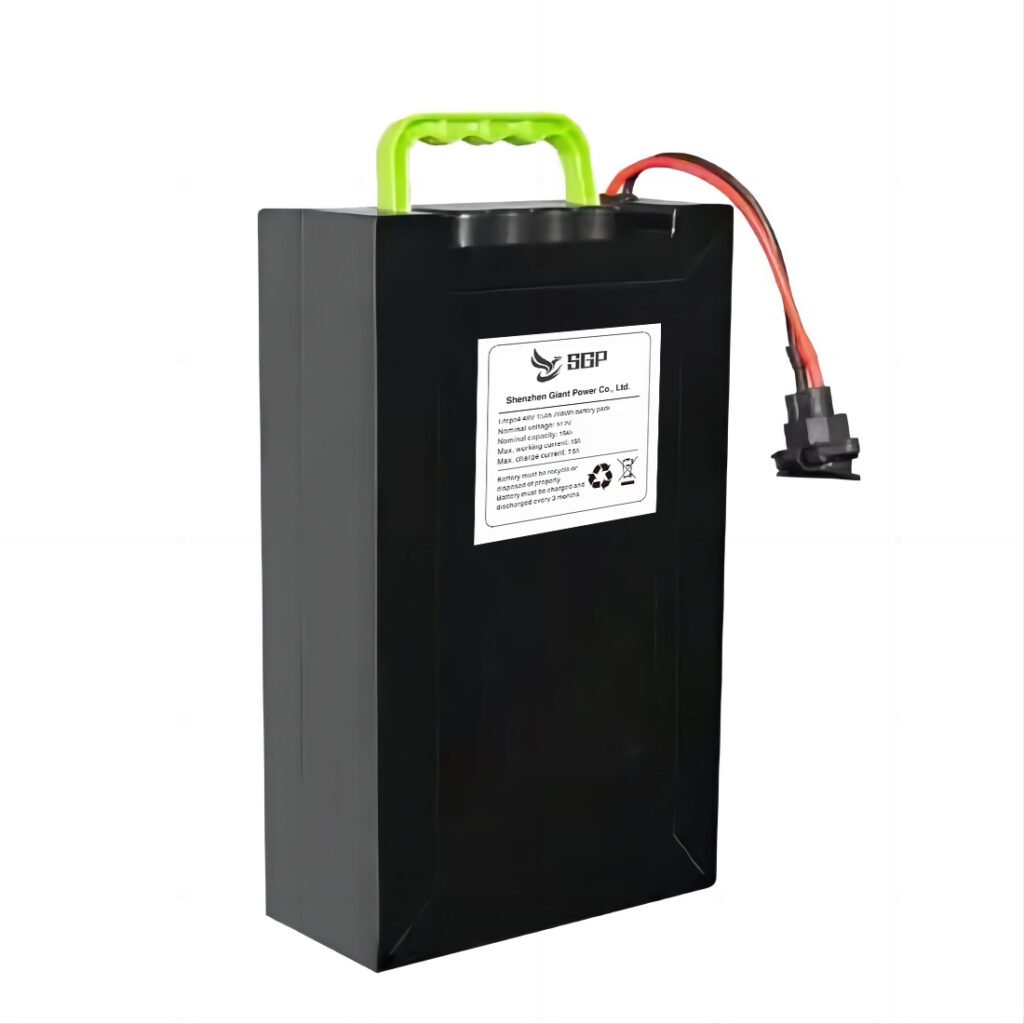
Motor Mastery:
- Mid-drive motors (e.g., Bosch Cargo Line) deliver 85 Nm torque to conquer 20% gradients with 300 lbs payloads.
- Regenerative braking recovers 15% energy on downhill runs.
Safety First:
- UL 2271-certified batteries (fire/explosion-proof).
- Automatic brake lights and turn signals (EU law compliant).
4. Cities Leading the Charge
- Amsterdam: 50% of all freight is now moved by e-cargo bikes.
- Paris: €4,000 subsidies for businesses switching to e-cargo bikes.
- San Francisco: “15-Minute City” zoning prioritizes bike lanes over parking.
Urban Design Impact:
Replacing 10% of delivery trucks with e-cargo bikes could:
- Reduce traffic congestion by 14% (MIT Study).
- Free up 750,000 sq ft of parking space for parks/cafés.
5. How to Choose Your E-Cargo Bike
For Businesses:
- Prioritize payload (300+ lbs) and modular storage (e.g., removable boxes).
- Look for IP67 waterproof ratings for all-weather reliability.
For Families:
- Child-safe features: 3-point harnesses, rain covers.
- Test ride tip: Check stability at low speeds (trike vs. two-wheel designs).
Top 2024 Models:
- Urban Arrow Family – Best for school runs
- Riese & Müller Load 75 – Luxury all-rounder
- RadWagon 4 – Budget-friendly workhorse
Conclusion: The Road Ahead
The global e-cargo bike market will hit $3.2 billion by 2030 (Allied Market Research). From Walmart’s delivery pilots to Parisian bakeries ditching vans, this is more than a trend – it’s a blueprint for cleaner, quieter, happier cities.
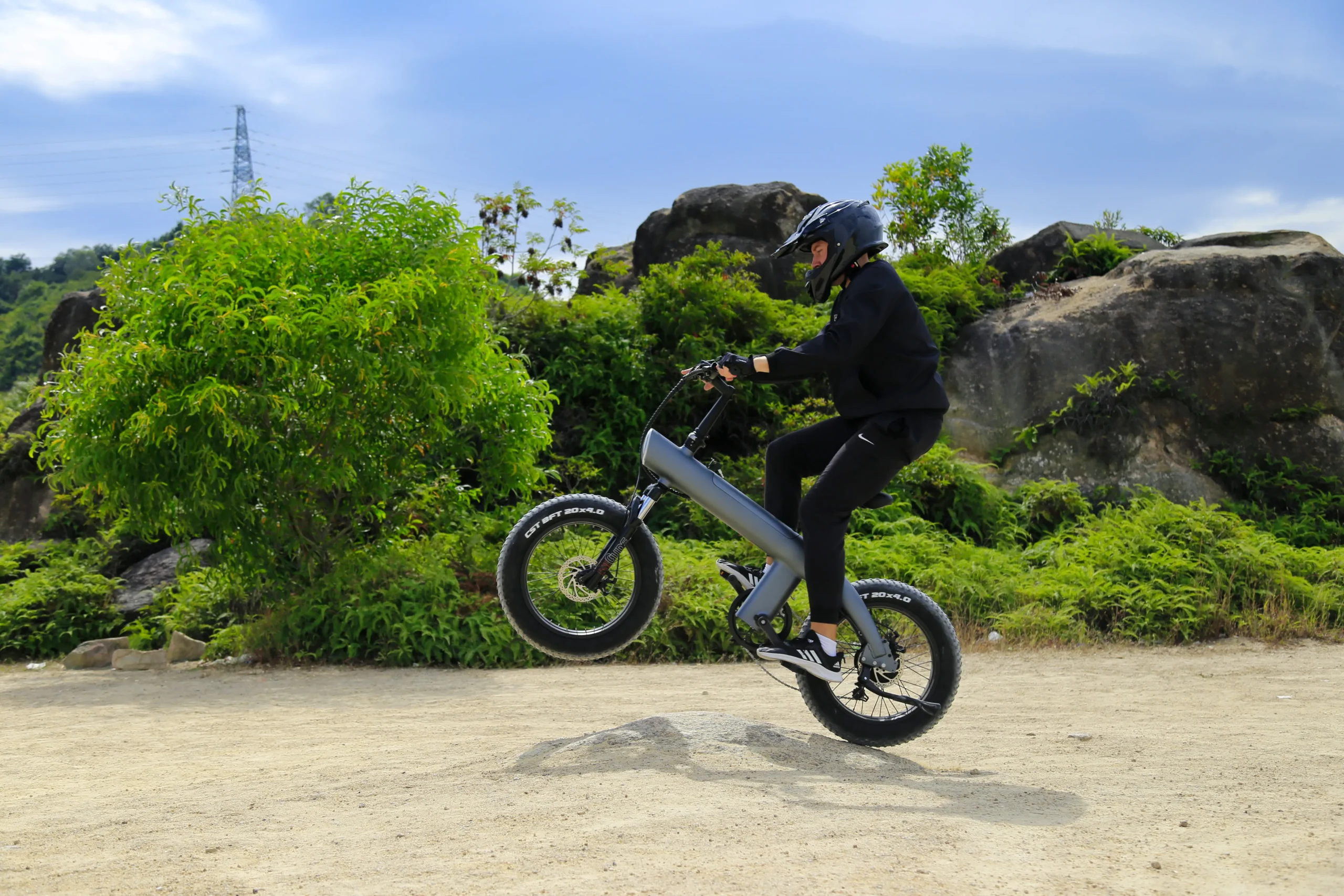
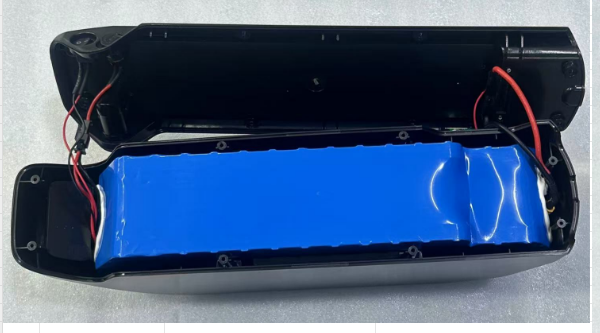
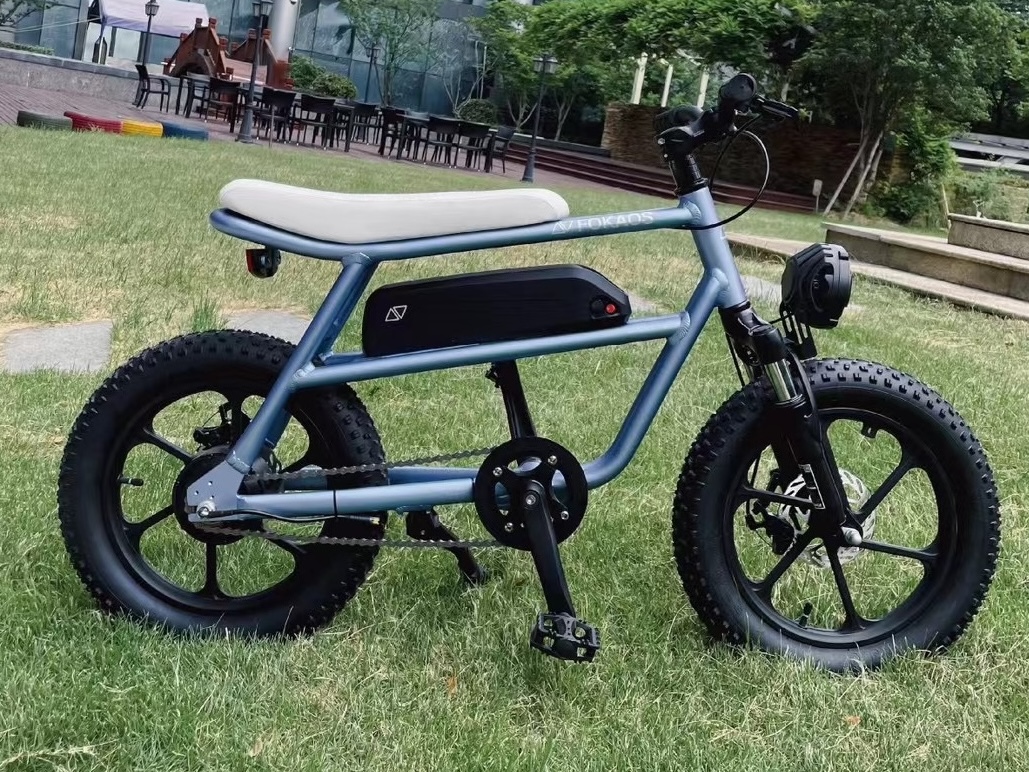
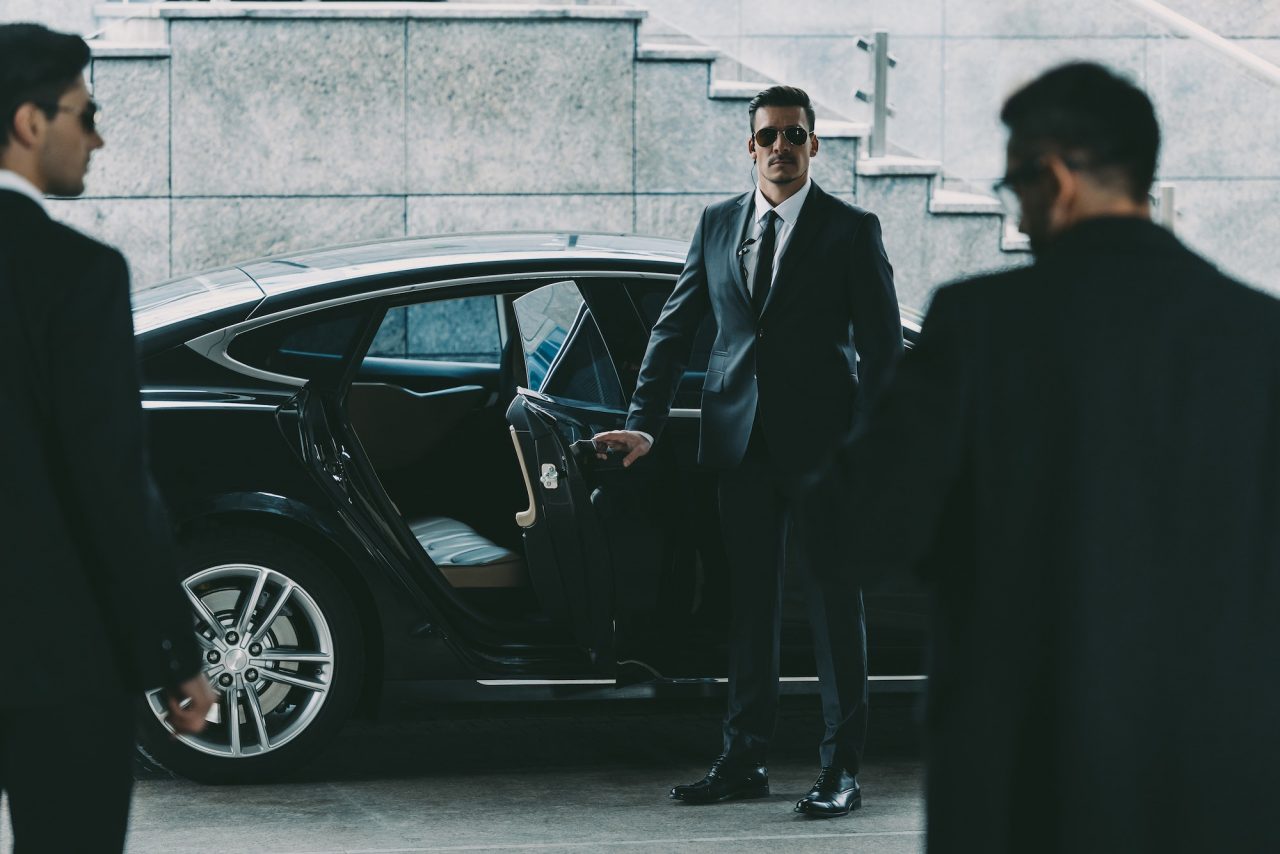

中.jpeg)
